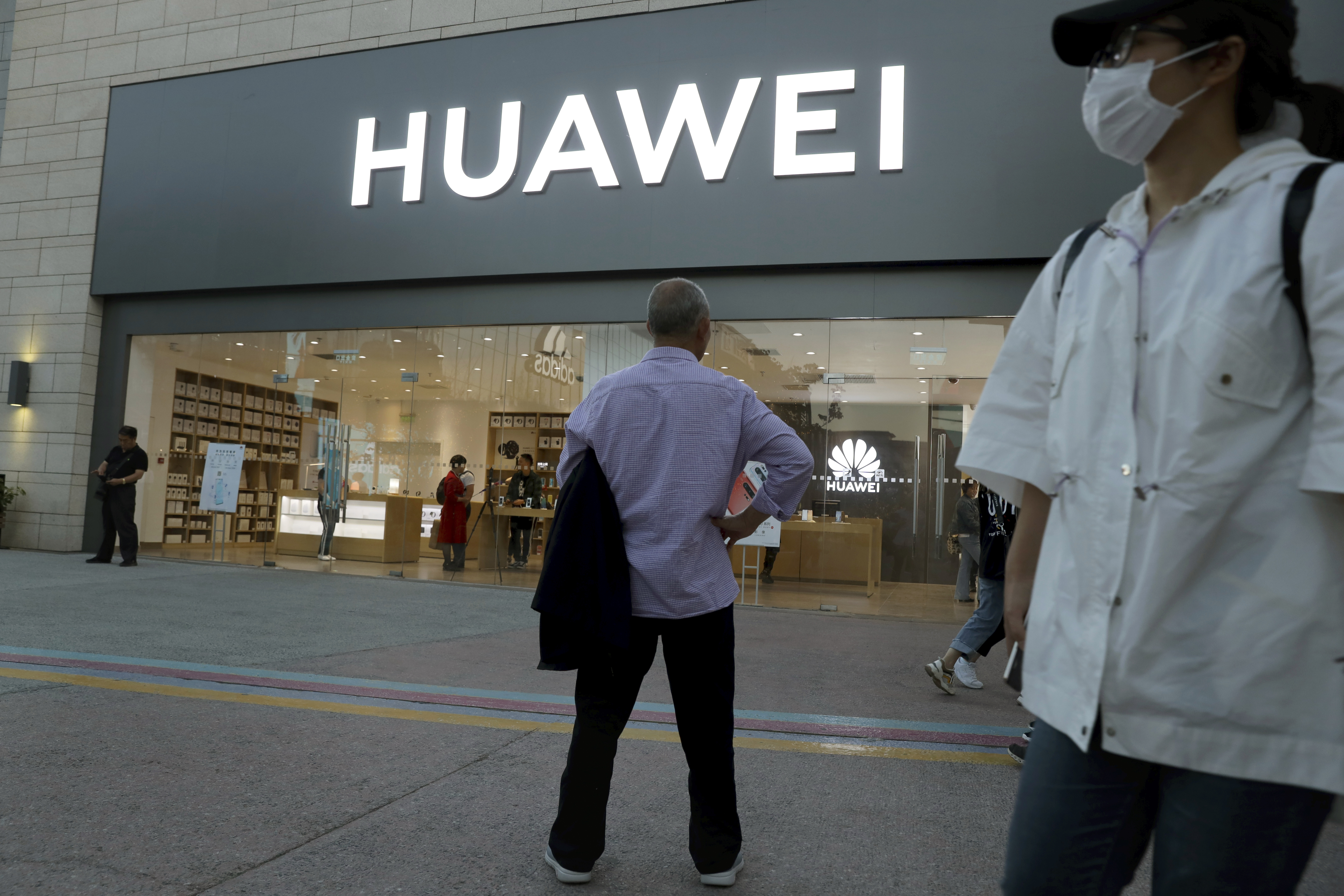Huawei helped build North Korea’s wireless network—report

In this photo taken Monday, May 20, 2019, a man stands outside a Huawei store in Beijing. AP FILE PHOTO
SEOUL — Huawei Technologies, which the US has blacklisted as a national security threat, has secretly helped North Korea build and maintain its commercial wireless network.
As the report suggests the Chinese tech giant, which uses American technology in its components, may have violated US sanctions by providing equipment to North Korea, it could lead to Washington increasing pressure on Huawei and possibly affect US-China trade negotiations as well as US-North Korea denuclearization talks.
Citing internal documents obtained from a former Huawei employee, the US daily said that Huawei has partnered with a Chinese state-owned firm, Panda International Information Technology, on projects in North Korea spanning at least eight years.
“Huawei worked closely with Panda, using it as the conduit to provide North Korea with base stations, antennas and other equipment needed to launch Koryolink,” a joint venture of Egypt’s Orascom Telecom Holding and the North’s Korea Post and Telecommunications Corp., in 2008, the Washington Post said.
Citing a person familiar with the arrangement, the newspaper said Huawei and Panda employees worked out of an inexpensive hotel near Kim Il Sung Square in Pyongyang for years.
It said the documents showed that Huawei was involved in network integration and software services as well as at least one “expansion” project for Koryolink.
A current Huawei employee told the Post that he worked in 2012 and 2013 on Koryolink’s automated callback system.
A 2008 contract showed that Panda would transport Huawei equipment to Dandong, a town in northeastern China that borders North Korea, and from there by rail into Pyongyang.
Internal documents also showed that Huawei had done business with another Chinese company, Dandong Kehua, which was sanctioned in November 2017 by the US Treasury Department.
In internal company documents, Huawei used codes to refer to countries such as North Korea, Iran and Syria. “A9” meant North Korea, for example.
According to people familiar with the matter, Huawei and Panda emptied their offices in Pyongyang during the first half of 2016 as stronger international sanctions against North Korea gained momentum.
The US Commerce Department has investigated alleged links between Huawei and North Korea since 2016, but has not publicly connected the two.
Huawei was served with a subpoena in 2016 to provide information on the export of US technology to sanctions countries including North Korea. If found to have violated US sanctions against North Korea, Huawei could face additional export-control sanctions, civil penalties, forfeitures or criminal prosecution.
The Washington Post also said the discovery of a connection between North Korea and Huawei is “likely to fuel even deeper suspicion among Western nations contemplating whether to ban the company, in full or in part, from their next-generation 5G wireless networks.”
Also on Monday, US-based North Korea monitor website 38 North said that Koryolink was built based on technical discussions in 2008 on a comprehensive monitoring system that created one of the world’s most restrictive and surveilled cellular environments.